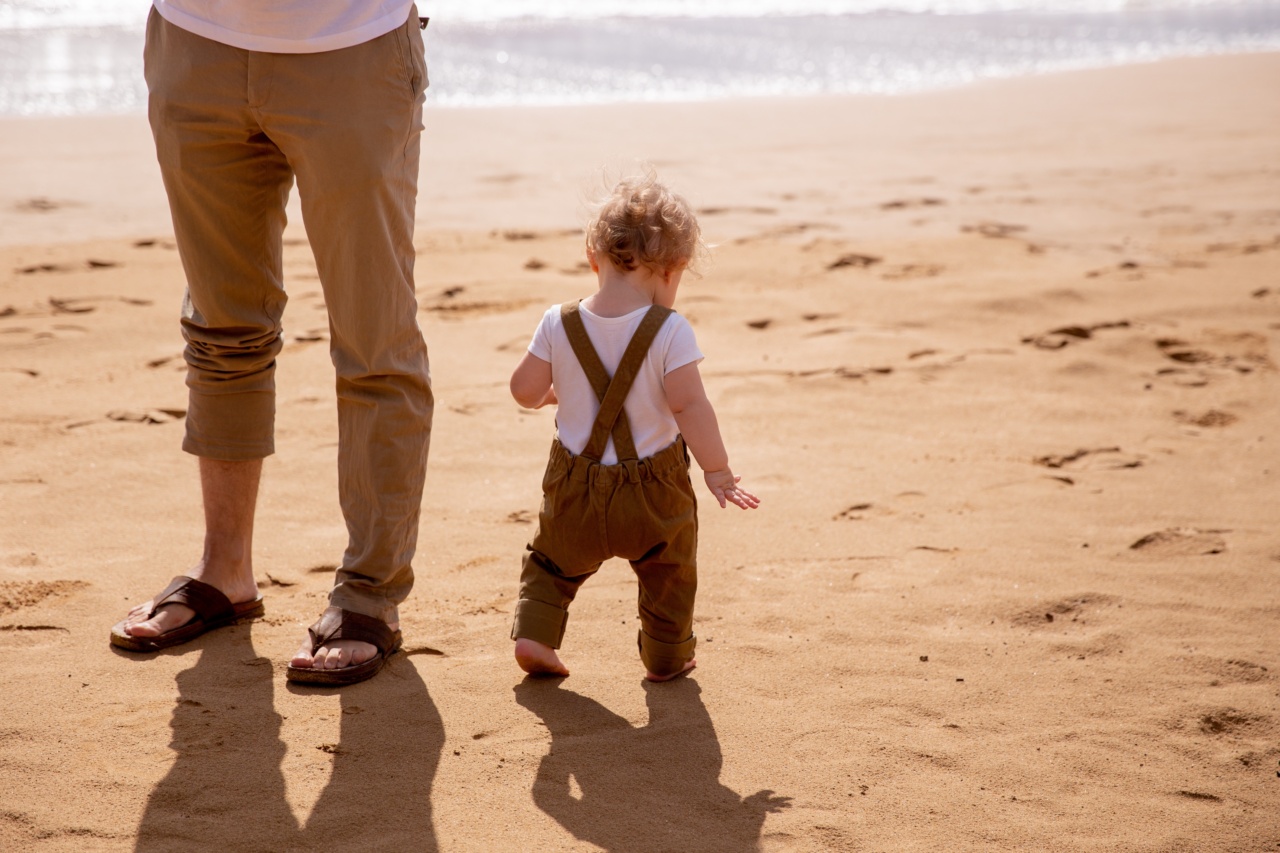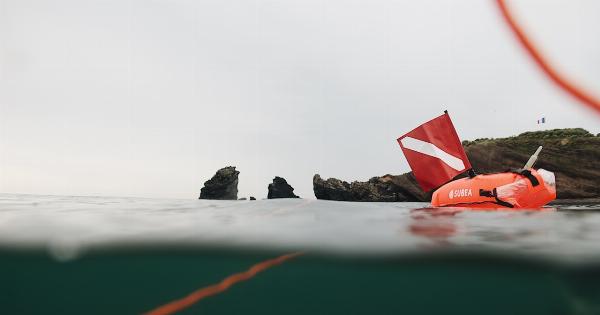Babies are curious and often drawn to water. Unfortunately, this curiosity can lead to drowning, which is a leading cause of death for children aged 1 to 4 years.
According to the Centers for Disease Control and Prevention (CDC), an average of 350 children in this age group drown each year in the United States alone. Therefore, it is crucial for parents to take the necessary steps to prevent their babies from drowning. Here are some tips to keep your child safe around water.
1. Never Leave Your Baby Unattended
Water accidents happen in the blink of an eye, and it only takes a few seconds for a baby to drown. Therefore, it is essential to never leave your baby alone around water, not even for a second.
If you must attend to other matters, ensure that someone capable and responsible is watching over your baby.
2. Teach Your Baby How to Swim
While babies cannot fully learn how to swim, they can be taught how to float and hold their breath. Enrolling your child in baby swim classes can help them become more comfortable around water and teach them vital survival skills.
Do not rely on swim lessons as a means of preventing drowning entirely, but instead use them as a supplement to other safety measures.
3. Watch Out for Bathtubs and Buckets
Babies can drown in a few inches of water, including bathtubs, toilets, and buckets. Therefore, it is crucial to watch your child carefully as they bathe and to keep toilet lids down.
Additionally, always empty any buckets immediately after use and turn them upside down to prevent water collection.
4. Install Fencing around Pools and Water Features
If you have a pool or any other water feature in your yard, it is vital to install fencing around them. Ensure that the fence is at least four feet high and completely surrounds the area, without any gaps or openings that your baby could crawl through.
The gate should also be self-latching and out of reach of young children.
5. Use Life Jackets and Floatation Devices
When it comes to swimming in pools, lakes, or any other bodies of water, always use life jackets or floatation devices for your baby. These devices can provide extra support and buoyancy, which can be life-saving in an emergency.
However, they should never be used as a substitute for adult supervision.
6. Be Careful around Natural Bodies of Water
Natural bodies of water, such as lakes, rivers, and oceans, present unique safety risks for children. These bodies of water can have strong currents, uneven grounds underwater, and wildlife that can pose a threat to your baby’s safety.
Always keep your child within arm’s reach when swimming in these areas and be aware of any potential dangers.
7. Learn CPR
Learning CPR (Cardiopulmonary resuscitation) is a valuable skill that can save your baby’s life in case of an emergency. Find a CPR class in your area and enroll in it. You can also ask your healthcare provider to provide you with CPR instructions.
Every second counts when it comes to drowning, and having the knowledge and ability to perform CPR can be life-saving.
8. Teach Your Baby Water Safety Rules
It is never too early to start teaching your child about water safety. As your baby grows, explain the dangers of water and the importance of following safety rules.
Teach them to never run around the pool, to never dive headfirst into shallow water, to never swim alone, and to always obey adult supervision in and around water.
9. Be Prepared for Emergencies
Even with all the precautions, accidents can still happen. Therefore, it is essential to be prepared for emergencies.
Keep a first aid kit near the pool, learn CPR, post important emergency numbers near the phone, and make sure you have proper rescue equipment available, such as a safety ring, a shepherd’s crook, and a phone.
10. Be Vigilant
Finally, be vigilant. Always watch your baby when in or near water, never leave them unattended for even a second, and always stay within arm’s reach. Do not rely on flotation devices, pool alarms, or pool covers to keep your child safe.
As a parent, your top priority is to ensure your baby’s safety, and being vigilant is the best way to do so.































